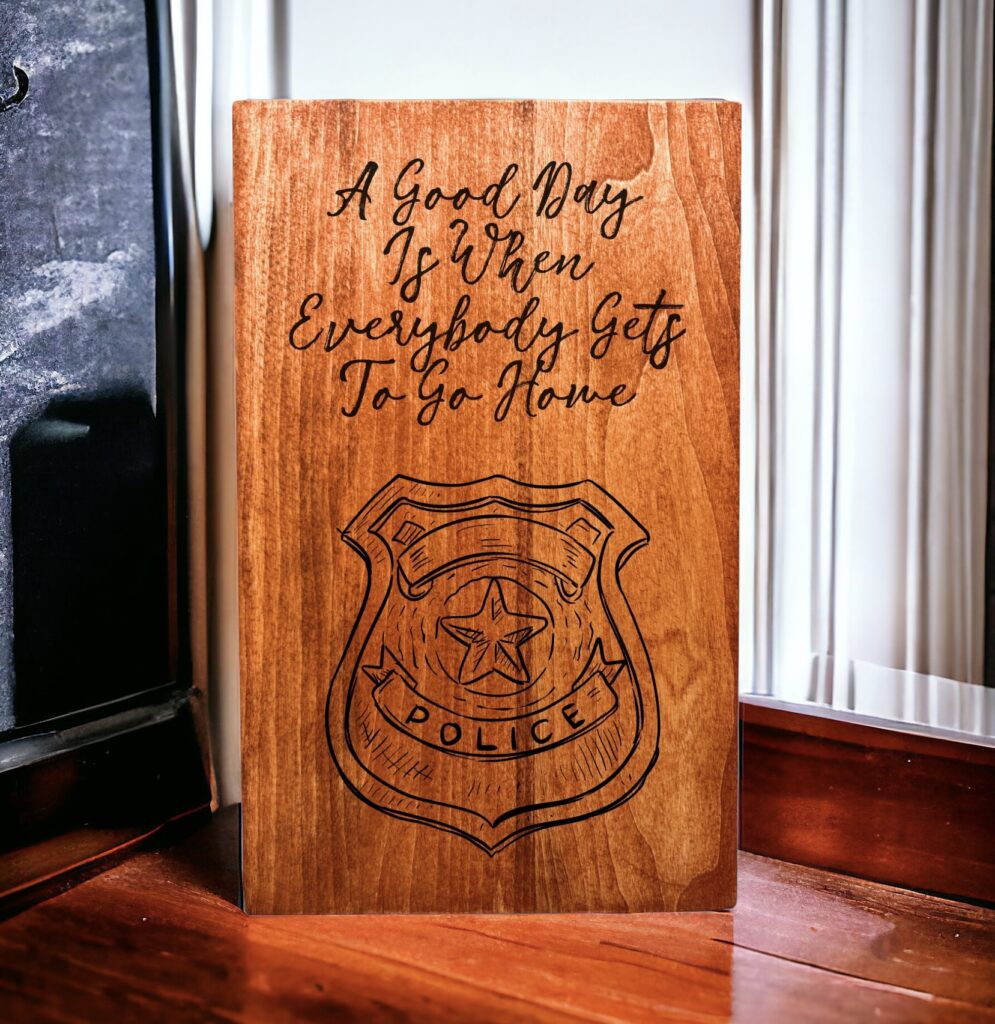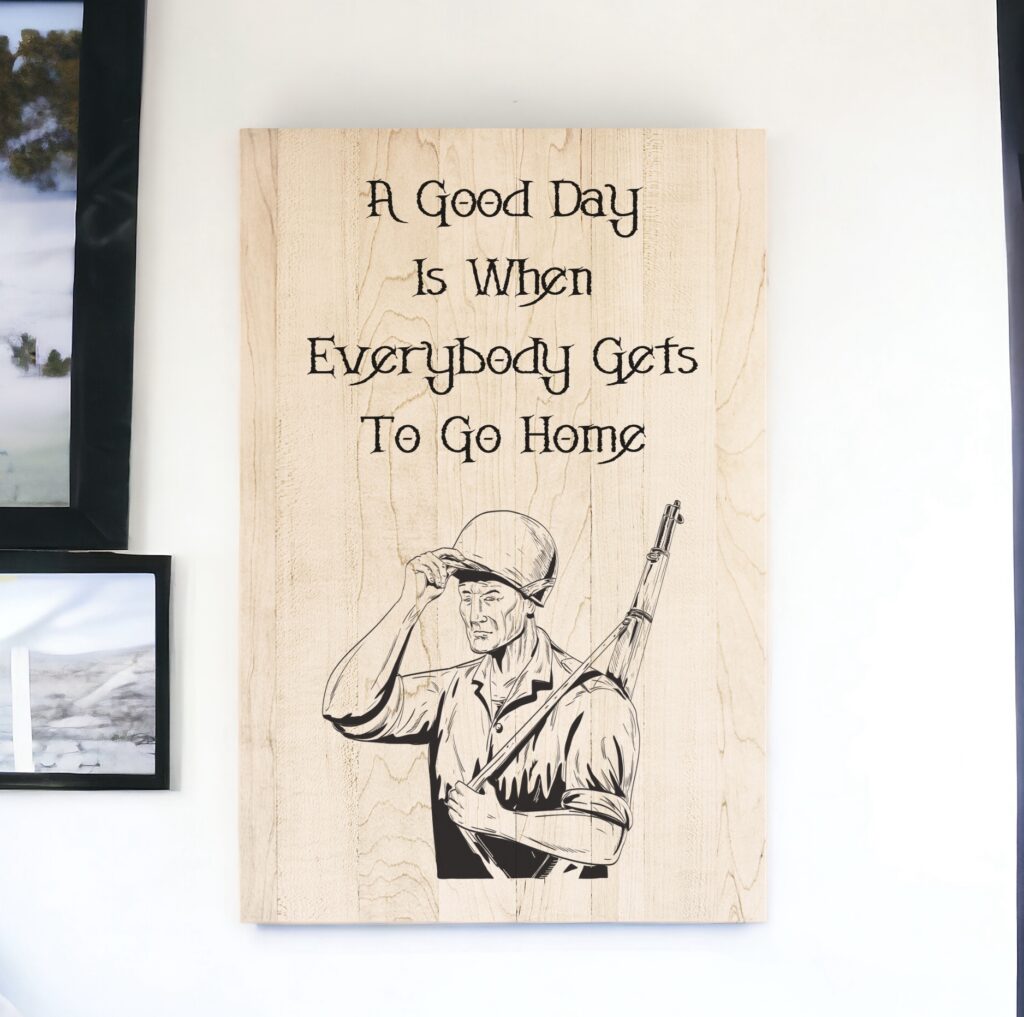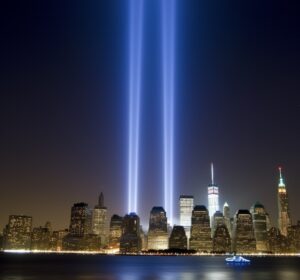The Daily Bravery of Firefighters
Every morning, as the sun rises, a group of unsung heroes begins their day, knowing well that it might demand the ultimate sacrifice. These are our firefighters, men and women who stand on the frontline against the raging forces of nature and human-made disasters alike. Their bravery is not just in the act of facing flames but in their readiness to confront the unknown, day in and day out, for the sake of our communities.

The Nature of Firefighting
Firefighting is a calling that demands more than physical strength and endurance; it requires a profound sense of duty, compassion, and the ability to make split-second decisions under extreme pressure. The job encompasses far more than extinguishing fires. It includes rescuing people from car accidents, administering emergency medical services, and handling hazardous materials incidents, among other duties.
Risks on the Job
The risks firefighters face are not limited to burns or smoke inhalation. The very nature of their job exposes them to heart attacks, exposure to toxic chemicals, and the mental health toll of traumatic events. Despite these dangers, firefighters gear up without hesitation, driven by a commitment to serve and protect their communities.
A Collective Sigh of Relief
A good day for a firefighter extends beyond successful operations or lives saved. It’s a day when they, along with every member of their team, get to return home to their loved ones. The joy and relief that greet their safe return are shared not just by their families but by the entire community. This collective sigh of relief underscores the deep bond between firefighters and the people they serve—a bond forged in the fire of shared trials and triumphs.
Personal Stories of Close Calls
Embedded within the firefighting community are countless stories of close calls, moments when the outcome hung by a thread. These stories, often shared quietly among comrades or with loved ones, are stark reminders of the risks taken in the line of duty. Yet, they also highlight the resilience, teamwork, and sheer will that define the spirit of firefighting.
The Community’s Role
Recognizing the bravery of our firefighters goes beyond words of gratitude. It involves creating a supportive environment that acknowledges the physical and emotional demands of their work. Community support can manifest in various ways, from ensuring adequate funding for fire departments to offering mental health resources for dealing with the aftermath of critical incidents.
The Constant Vigilance of Police Officers
In the tapestry of public service, police officers embody the thread of constant vigilance, woven with the duty to protect and serve. Each day, they don the uniform not knowing what challenges they will encounter, but ready to face them head-on for the safety of their communities. This readiness comes with a weight—the uncertainty of the day’s events and the inherent risks involved in maintaining law and order.

Facing Uncertainty with Courage
The life of a police officer is marked by unpredictability. Routine traffic stops can escalate without warning; response calls may lead to dangerous confrontations. Despite this, officers step out into the unknown, armed with training, experience, and a deep-seated commitment to safeguarding their communities. This bravery is a testament to their dedication, knowing each shift could demand the highest sacrifice.
Community Support: A Pillar of Strength
The support of the community plays a pivotal role in the morale of police officers. Acts of appreciation, whether through a simple ‘thank you,’ community events, or public acknowledgments, reinforce the bond between officers and the citizens they serve. This support acts as a beacon of light, reminding officers that their efforts are valued and their safety is a shared concern.
The Significance of Coming Home
For police officers, a “good day” is one that ends with their return home. The moment they step through the door, leaving behind the weight of their badge, signifies not just the end of a shift but the preservation of normalcy and safety—for themselves and the community. This daily return is a silent victory, celebrated in the quiet moments with family, marking another day of duty fulfilled and dangers navigated.
The Emotional Toll and the Need for Support
Behind the badge, officers are individuals who carry the emotional toll of their job. Encounters with violence, distress, and tragedy imprint on their psyche, underscoring the need for mental health support. Departments and communities alike are recognizing this, implementing programs and resources to aid officers in coping with the stresses of their profession.
A Shared Hope for Safety
The collective hope for the safety of police officers transcends the boundaries of the police department, enveloping the community in a shared desire for peace and well-being. It’s a reminder of the interconnectedness of society, where the safety of those who protect us is integral to the fabric of our daily lives.
The Sacrifices of Our Soldiers
In the realm of service and sacrifice, our soldiers stand in a league of their own. Deployed across seas and stationed on foreign soils, they embody the essence of courage and commitment. Their service, often under the harshest conditions and in the face of grave dangers, is a stark reminder of the price paid for the freedoms we enjoy.

The Weight of Deployment
Deployment is not just a physical distance; it’s an emotional chasm that separates soldiers from their loved ones. The uncertainty that accompanies each deployment—the where, the why, and the for how long—casts a long shadow over military families. It’s a testament to the resilience of these families, who live with the constant tension of hope and fear, praying for the safe return of their loved ones.
Challenges Beyond the Battlefield
The challenges faced by soldiers extend beyond the immediate dangers of combat. The psychological toll of warfare, the struggle to reintegrate upon returning home, and the physical injuries—both visible and invisible—are battles that continue long after the war zones are left behind. These challenges highlight the need for comprehensive support systems, ensuring that soldiers have access to the care and resources they need to heal and adjust.
The Joy of Reunions
The return of soldiers from deployment is a moment of indescribable joy and relief. It’s a scene that plays out in airports and military bases, in tearful embraces and laughter, a tangible expression of the phrase “a good day is when everyone gets to go home.” These reunions are a poignant reminder of the personal sacrifices made in the name of duty and honor.
A Community’s Gratitude
Expressing gratitude to our soldiers and their families goes beyond verbal thanks or patriotic holidays. It involves active engagement and support, recognizing the sacrifices made and the challenges faced by returning soldiers. Communities across the nation show their appreciation through various programs and initiatives aimed at supporting military families and veterans, acknowledging that their service and sacrifices have not gone unnoticed.
The Unbreakable Spirit of Soldiers
The spirit of our soldiers, unyielding in the face of adversity, is a source of inspiration. Their willingness to stand in harm’s way, to protect and serve, is a testament to their character and dedication. It’s a spirit that carries them through the darkest hours, driven by the belief in their mission and the love of their country.
The Unsung Heroes: Other First Responders
In the shadow of more recognized roles like firefighters and police officers, countless other first responders work tirelessly, often without the same level of public acknowledgment. These unsung heroes—EMTs, paramedics, nurses, search and rescue teams, and disaster response personnel—form the backbone of our emergency response infrastructure. Their commitment to saving lives and mitigating crises underlines the importance of every role in the tapestry of public safety.
EMTs and Paramedics: Lifelines in Emergencies
EMTs and paramedics are often the first on the scene during medical emergencies, providing critical care in moments when seconds count. Their ability to assess, stabilize, and transport patients under extreme pressure is a testament to their skill and dedication. A good day for these professionals is one where their interventions lead to positive outcomes, allowing patients another chance at life.
Nurses: Compassionate Caregivers
Nurses, whether in hospitals or emergency care settings, play a pivotal role in the healthcare system, especially during times of crisis. Their dedication to patient care, often in overextended healthcare facilities, showcases a remarkable blend of compassion and resilience. Nurses’ contributions during disasters and pandemics, where they serve as both healers and comforters, cannot be overstated.
Search and Rescue Teams: Braving the Elements
Search and rescue (SAR) teams operate in some of the most challenging environments to find and save those lost or in peril. From mountainous terrains to collapsed structures, these teams risk their lives to bring hope and relief to families awaiting the return of their loved ones. The success of a SAR mission means the joy of reunification, a moment of pure relief and gratitude.
Disaster Response Personnel: Rebuilding After Crisis
Disaster response personnel, including those from various governmental and non-governmental organizations, are crucial in the aftermath of natural disasters or catastrophic events. Their work in rebuilding communities, providing essential supplies, and restoring normalcy is a monumental task that begins when the immediate danger has passed but the road to recovery is still long.
A Community’s Support and Gratitude
Supporting these unsung heroes goes beyond recognizing their sacrifices; it involves ensuring they have the resources, training, and mental health support to continue their vital work. Community support can manifest through advocacy, volunteerism, and simply by expressing gratitude for their service, reinforcing the value of their contributions to our collective safety and well-being.
As an Amazon Associate we earn from qualifying purchases through some links in our articles.



